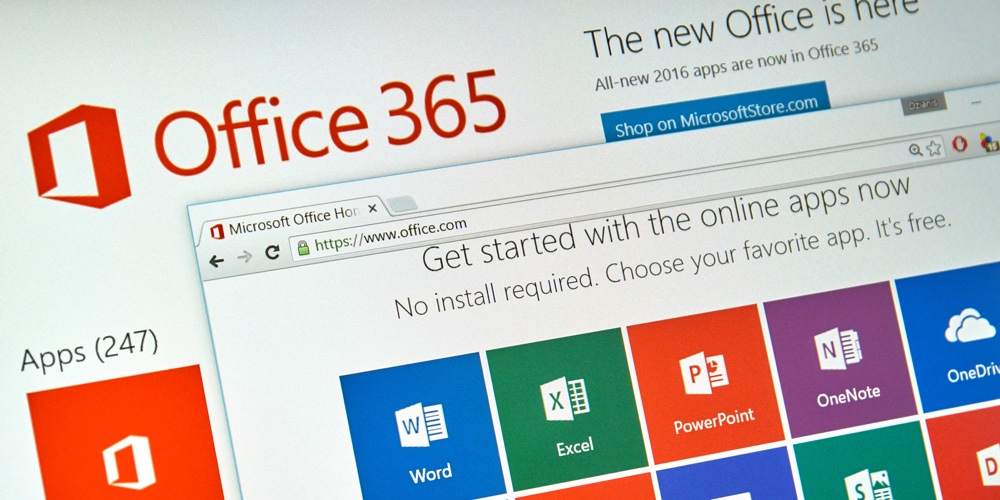An overview of Microsoft 365 security best practices

As organizations rely on cloud-based technologies for their operations, Microsoft 365 (M365) has become popular for its integrated suite of productivity and collaboration tools. M365 offers built-in security features that aim to protect organizations from various cybersecurity threats. However, in today’s complex threat landscape, relying only on the built-in security of M365 may not be enough.
Managed Detection and Response (MDR) providers specialize in offering advanced security services that can integrate seamlessly with M365 to provide an additional layer of protection. MDR providers employ a range of technologies and techniques, such as AI-driven threat detection, real-time monitoring, and incident response, to actively identify and contain threats before they can cause significant harm within the M365 environment.
This blog details the importance of expanding M365’s security by covering the best practices MDR providers should offer.
M365 data security best practices
Train employees on phishing attempts
Phishing attacks are a top method for cybercriminals to infiltrate systems, posing a significant risk to organizations using M365. These attacks have evolved in sophistication, making it harder for users to discern legitimate messages from malicious ones. As M365 is widely used for email communication, cybercriminals exploit this platform, disguising their phishing attempts as genuine correspondence. This tactic aims to trick users into exposing sensitive information or unknowingly downloading malware, posing grave security threats to organizations relying on M365 for their day-to-day operations.
continue reading »
